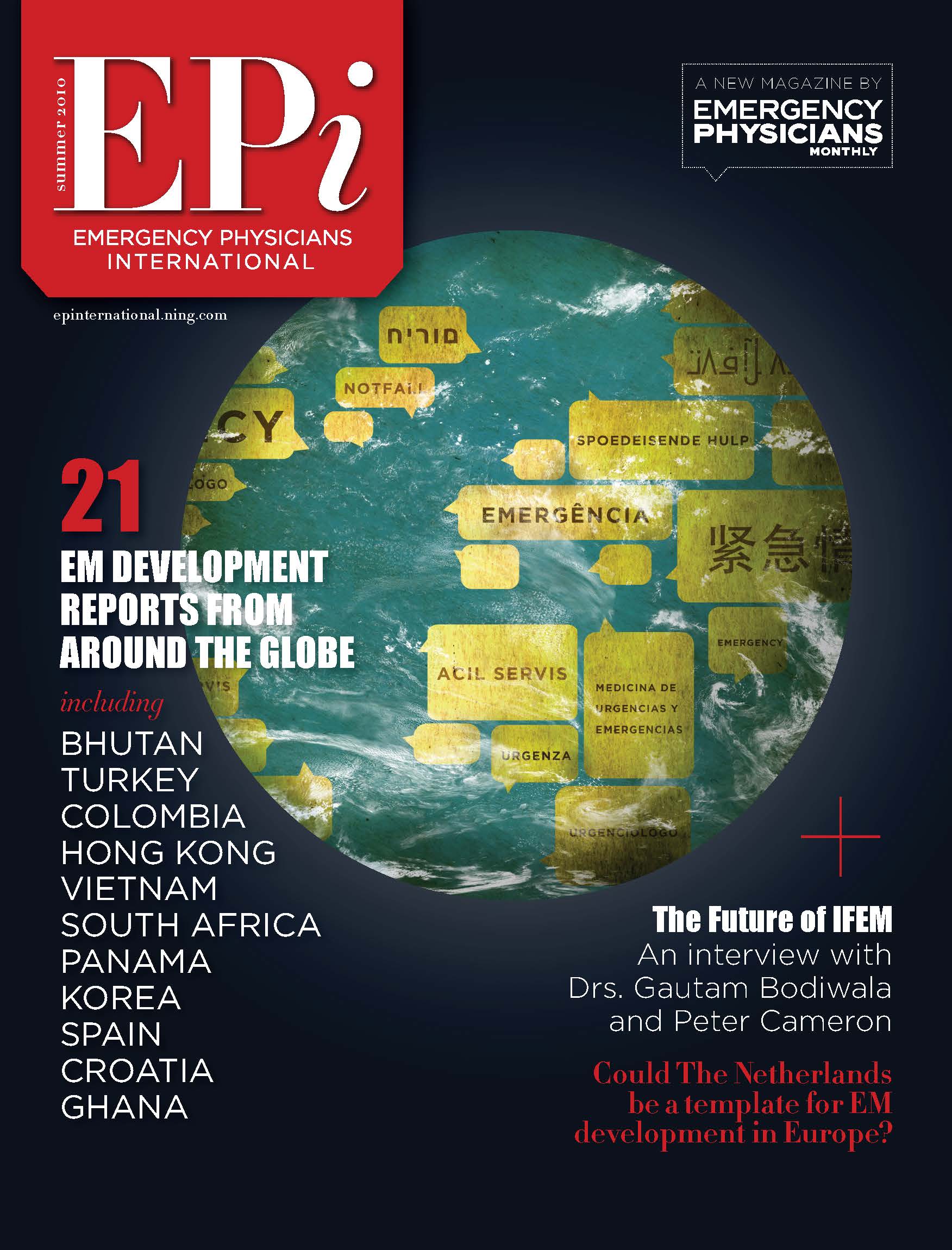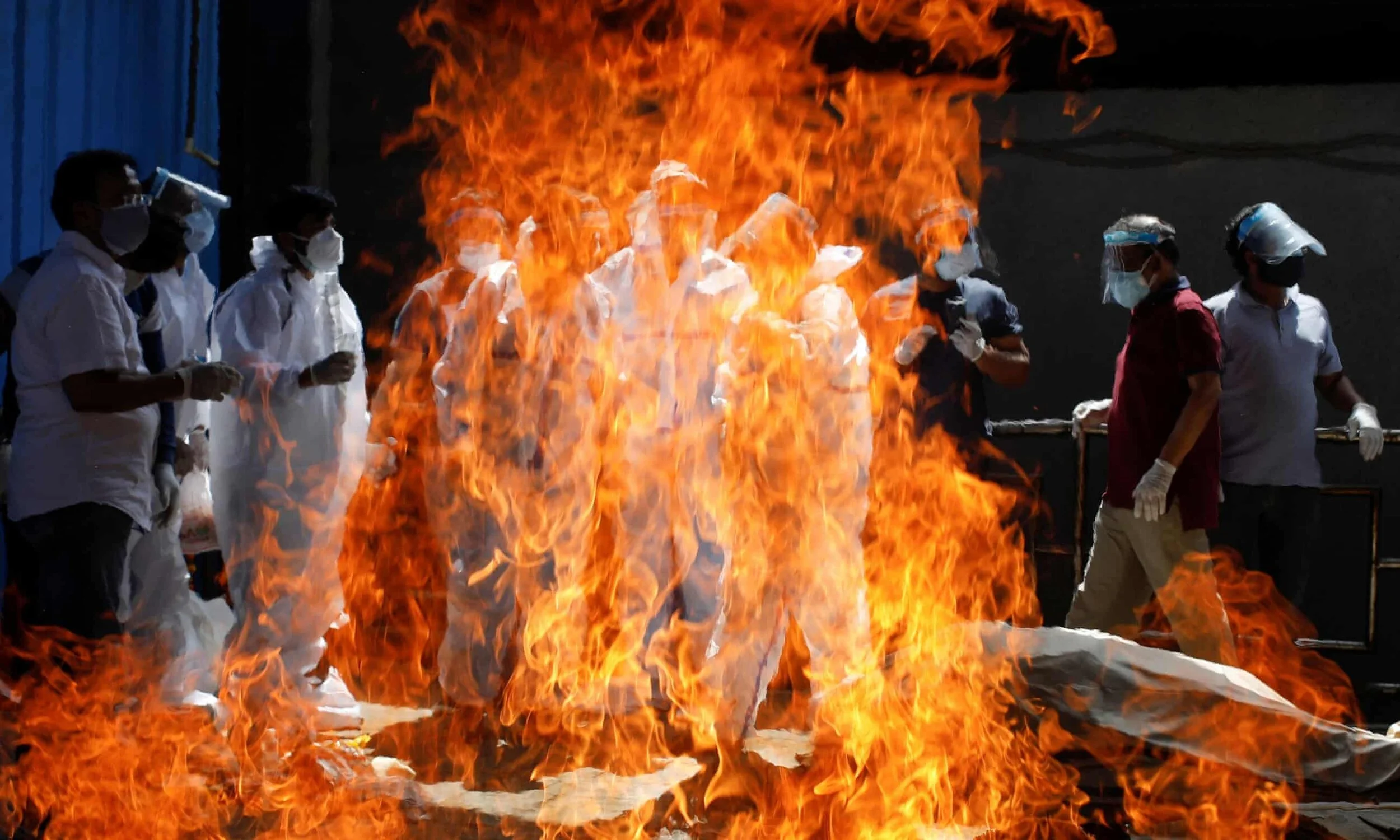Emergency Medicine Chronicles: Colombian Perspectives
The following piece was co-written by Tatiana Roldan Ovalle, MD and Laura Sofía Nasiff Cabrales, MD. Scroll down for more information about the authors.
During the past two decades, Colombia (South America) has had a steady growth as it has transitioned from being a low middle-income country to an upper middle-income country (1). Despite the economic advancement it has had, as reported for the year 2020, 42.5% of Colombia's population still live below the poverty line, 15.1% in extreme poverty and most of this vulnerable population spread across rural areas of the country (1-2). Inequities in education, poverty, unemployment, economic opportunities and other social determinants contribute to persistent health disparities between those living in rural and urban regions (3).
The Colombian National Health Care system consists mainly of a two-party system, under entities called Empresas Promotoras de Salud (EPS) for its acronym in Spanish (4). The duality consists of the subsidized regime, and a contributory regime, which as the name suggests, employees put a 1-1 of their earnings. Much like the public-private system, hospitals function on both sides. The infrastructure, technology and the availability of resources vary depending on the hospitals.
In Colombia, access to emergency services is non-discriminatory and any hospital may render services to anyone, regardless of whether they are on the subsidized or the contributory regime. Once the matter is tackled, the person is then remitted according to their EPS to receive the appropriate care to its needs. Colombian Health System consists mainly of the two regimes previously mentioned, and there are two smaller branches that comprise the system. The ARP, which covers accidents and injuries work related, and the SOAT, which covers traffic and mobility related accidents and injuries.
The modern history of Colombia is intrinsically related to Emergency Medicine (EM). The 80’s, 90’s and the earlier years of the 21st century were plagued with intense violence due to a massive display of force and clashes between groups involved in the traffic of drugs, guerrilla groups, paramilitary groups, and armed civilians. Consequently, the national medical workforce had to catch up to surpass the massive medical challenges that the country was facing.
Emergency Medicine (EM) is a relatively new specialty in Colombia (South America). The first program was established at CES University in the city of Medellin in 1996 (5). For an estimated population of 50 million people, there are approximately 250 emergency specialists, many of which have graduated from the 7 institutions that currently offer a residency program at the moment (5-6). The majority of those emergency medicine residents and emergency medicine specialists are located in the largest cities of the country where the largest concentration of population is found. Smaller cities and towns have very few or no emergency medicine specialists. As a consequence, general physicians (doctors without specialization) lead in the emergency medicine rooms of these places, which could limit the quality of health care in an emergency.
The Organization for Economic Co-operation and Development (OECD) estimates 2.2 doctors (including general practitioners and doctors of different specialties) for every 1000 inhabitants (7). This translates to the factor that Emergency services lack essential personnel, leading to staff burnout and overcrowding services. Therefore, Emergency physicians are allocated to treat patients admitted to the emergency department who are categorized in triage 1, 2 and in high level hospitals up to triage 3, implying that many patients will be evaluated by general practitioners even in larger cities. Seeking to prevent these issues, institutions have sought to implement a system in which different medical specialties assess patients in the emergency department without the need of a previous general practitioner's or even Emergency Physician assessment. Specialties such as the pediatric, OB-GYN, surgery and orthopedic department have thus not only helped to reduce patient wait times but also improve patient flow in the ER.
However, in order to tackle these areas of opportunity, new curriculums across different Medical Schools have come into place since 2013. During their 6 years of medical training, general physicians are equipped with both knowledge and practices to prioritize a rapid assessment, prompt diagnosis, early adequate treatment, and to indicate the referral to the respective specialty the patient requires. Furthermore, in these places, national telephone lines have been implemented to offer access to experts in specialized areas (Ex. toxicology) in order to assist general physicians to provide the best possible care to patients. Overall, Emergency Medicine (EM) as a specialty in Colombia must push even further. While we have made massive leaps in being “on par” with our peers from across the globe, we still lack basic knowledge and essential services in the field in most parts of the country.
On another hand, the coronavirus pandemic along with grave threats to social stability, economic prosperity, and human health, is posing an extraordinary challenge to the health and well-being of persons across the globe and is again reminding of the importance of using telehealth to deliver care. Telemedicine has offered tools to help respond to this crisis. Colombia has also catalyzed rapid adoption of telemedicine to transform healthcare delivery. It has an experience with Macedonia in the Amazonas department, an indigenous reservation in a rural area with population of 1050 inhabitants, where before the pandemic, there was no primary health care service or any type of medical dispensary system or telecommunications. Even when entire families began to fall ill, they had to resort to the only option known as is the indigenous traditional medicine and the use of plant remedies to reduce the contagion effects for the COVID 19. But, by the end of October 2020 the use of broadband and telecommunications access was launched, as a project developed by the MinTIC (Colombian Ministry of Information Technologies and Communications), which offered free rural internet connectivity. This allowed the use of Telemedicine, which notably improved access to health services for this rural community (8).
About the Authors
Tatiana Roldan Ovalle, MD: Master in health education, University of the Andes. Emergency Medicine Specialist - Universidad Javeriana. Emergency Medicine Specialist - Fundación Santa Fe de Bogotá University Hospital. Clinical Professor of School of Medicine - Universidad de Los Andes. Board Member ACEM (Colombian Association of Specialists in Emergency Medicine). Bogotá Colombia.
Laura Sofía Nasiff Cabrales, MD: Resident of El Rosario University Emergency Medicine Residency, Institute of Traumatology and Emergency Medical Services (ISMET), Fundación Santa Fe de Bogotá University Hospital. Bogotá, Colombia.
REFERENCES
Arbelaez C, Patiño A. State of emergency medicine in Colombia. International Journal of Emergency Medicine. 2015;8(1).
Ramos F. Pobreza monetaria y desigualdad; Información Pobreza monetaria nacional 2020 [Internet]. Dane.gov.co. 2021 [cited 16 May 2021]. Available from:https://www.dane.gov.co/index.php/estadisticas-por-tema/pobreza-y-condiciones-de-vida/pobreza-monetaria.
Singh, G. S. (2014). Widening rural-urban disparities in life expectancy. Am J Prev Med, 46, e19-29.
Guerrero R, Gallego AI, Becerril-Montekio V, Vásquez J.Sistema de salud de Colombia.Salud Publica Mex 2011;53 supl 2:S144-S155.
Patiño A, Alcalde V, Gutierrez C, Romero M, Carrillo A, Vargas L et al. Characteristics of Emergency Medicine Residency Programs in Colombia. Western Journal of Emergency Medicine. 2017;18(6):1120-1127.
¿Cuántos somos? [Internet]. Dane.gov.co. 2021 [cited 16 May 2021]. Available from: https://www.dane.gov.co/index.php/estadisticas-por-tema/demografia-y-poblacion/censo-nacional-de-poblacion-y-vivenda-2018/cuantos-somos.
The OECD. 2021. Health resources - Doctors - OECD Data. [online] Available at: <https://data.oecd.org/healthres/doctors.htm> [Accessed 17 May 2021].
Roldan O, T. Telemedicine During Covid-19 In Low-Resource Settings. Biomed J Sci & Tech Res 32(5)-2021.







